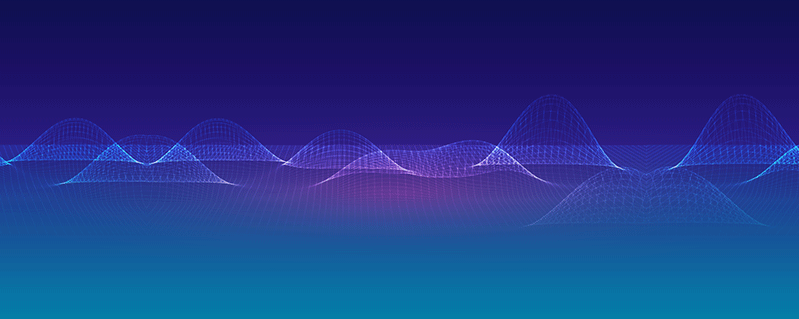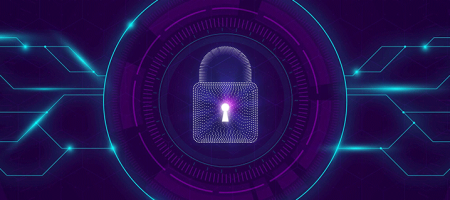Health IT trends are constantly changing to meet the needs of healthcare organizations and providers. While these trends may pose certain concerns to security and patient privacy, it has also helped lead to greater opportunities to treat healthcare security more holistically while increasing the level of security at the same time.
From an improved focus on patient satisfaction to greater security of patient data, medical software tools and trends have evolved throughout the years. With continual disruption, it can be difficult to understand which features and tools will specifically benefit your healthcare organization.
Here, we’ll highlight some of the key current and future healthcare technology trends.
Consider the following findings:
- It’s estimated that U.S. hospitals currently average 10 to 15 connected devices per bed, and that number is expected to increase.
- The global adoption of cloud services in healthcare is expected to grow 14% earlier than the next decade, raising the market value to roughly $40 billion by 2026.
- A virtual healthcare approach is helping improve outcomes while reducing costs.
- The cost of a healthcare data breach is over 60% higher compared to other industries, costing organizations nearly $6.5 million.
IoT Devices and Medical Devices
IoT and medical devices like insulin pumps and pacemakers connect more with computers and networks; they pose significant security risks for patients and carriers alike.
Over the past few years, the use of multiple IoT devices and medical devices has become the standard for many healthcare facilities, and the number of connected devices has increased. The IoT global healthcare market is expected to grow to $5,325.3 billion by 2025.
However, these devices also constitute another theme of their own. IoT devices, in addition to wearable technology, are major security issues. Devices connected to each other, such as mobile devices, medical devices, and applications, may connect to medical devices. This leaves your facility at greater risk as there are more devices connected.
IoT networks also pose a new set of security challenges. An IoT botnet is a set of hacked computers, smart devices, and internet-connected devices selected for illegal purposes. Connected smart devices can be infected with malware and
remotely controlled. Anything, including hospital security cameras, can serve as a botnet to initiate a denial-of-service attack and shut down the network.
Increased Use of the Cloud
According to a survey update, over 84% of healthcare organizations already use cloud technology. The move from local storage to a cloud or hybrid model continues to achieve market acceptance, and data needs necessitate this.
Larger health facilities and hospital systems with multiple locations or wards prefer cloud-based solutions, given the ability of physicians to access up-to-date information quickly and easily, and a lot of it.
Local systems may prevent online threats more thoroughly, but many cloud-based solutions have begun to protect their data through more efficient and secure encryption.
The cloud is not inherent, but it is a different kind of security. We need to make sure there is redundancy, and your security exists before you upload the data.
Advances in Virtual Care
Virtual medical supply, health care and supervision of remote patients offer several benefits to both patients and physicians. Virtual care has become increasingly popular due to efforts to provide the least expensive care in the most effective setting possible. Another reason has to do with reimbursement initiatives and the regulation of such tools. And of course, the era of the coronavirus strengthened and intensified the need for virtual medicine.
As with everything else in our lives, the demand for health is increasingly shaped by mobility. Patients want the same approach to health they have for everything else in their daily lives. While some vendors may not have embraced the newer trend, this will not prevent connected devices and on-demand care from becoming increasingly mainstream.
Patient Engagement
More recently, patients have started to view themselves as healthcare consumers. They want technology like patient-car portals that provide immediate results, direct access to their providers, and the ability to handle payments and manage appointments online.
Smartphones are starting to be used not only in health facilities, but classrooms as well. While technology is changing how patients interact with their providers and the way they make decisions, it’s also affecting the way health professionals are being trained and educated. This allows students to share information with each other in real time, preparing them for the technology they’ll be using once they’re in the job.
Wearables
Related to mobile devices is the exploding demand for wearable devices, like Fitbits. Forecasts vary, but global revenues from wearable medical devices are estimated at a market value of between $30-90 billion by 2025.
Wearables are problematic due to security risks and privacy concerns. Not all manufacturers have done a good job of securing these devices, and they represent entry points to another secure network.
Very personal aspects of our lives, such as clinical conditions that can include cancer, mental illness and acute illness, are the domain of digital technology and this increases vulnerability to highly sensitive and confidential information.
Data Explosion
The value of the data has never been higher, even as it continues to grow exponentially. Health services data are expected to experience a growth rate of over 36% by 2025.
With this rapid growth in data, systems need to be able to store everything securely. One of the biggest health IT trends is related to blockchain technology. This allows more digital information to be stored while taking up much less space in the process.
Vendors are beginning to recognize the potential inherent in applying artificial intelligence to patient information collected through various electronic record systems. The ultimate goal is to help physicians make their decisions,
reduce financial risk, manage chronic diseases and more.
Dangers to Data
Data violations will continue to challenge the healthcare sector, but in fact, the size of the violations has decreased, but their number has increased in all industries.
Unlike in the past, however, the value of data (patient addresses, Social Security numbers, credit cards, health insurance information and health records) has declined because so much is already on the dark web. A popular tactic now is to hijack your data and get you to pay a ransom for returning it, instead of selling it to a third party.
Reducing Risks
Vendors need to make data management a key component of their IT security strategy. The IT team today must have the appropriate qualifications for different security requirements.
Whether you are a small two-person driver or a large multi-hospital system, maintaining information security and privacy in the healthcare field will only grow more challenging given the nature of the threat and the size of the problem. This is an unfamiliar territory to a profession where patient care, rather than data protection, was a top priority.
In Conclusion
Healthcare technology trends are helping organizations become more agile with their operations and increase their revenue and quality of care in the process. While you shouldn’t be afraid of these growing technologies, it’s important to not ignore the trends coming and to be prepared to take advantage of them as best you can.
We invite you to consult with our team of experts; leave us your information using the form below and we’ll contact you as soon as possible!







